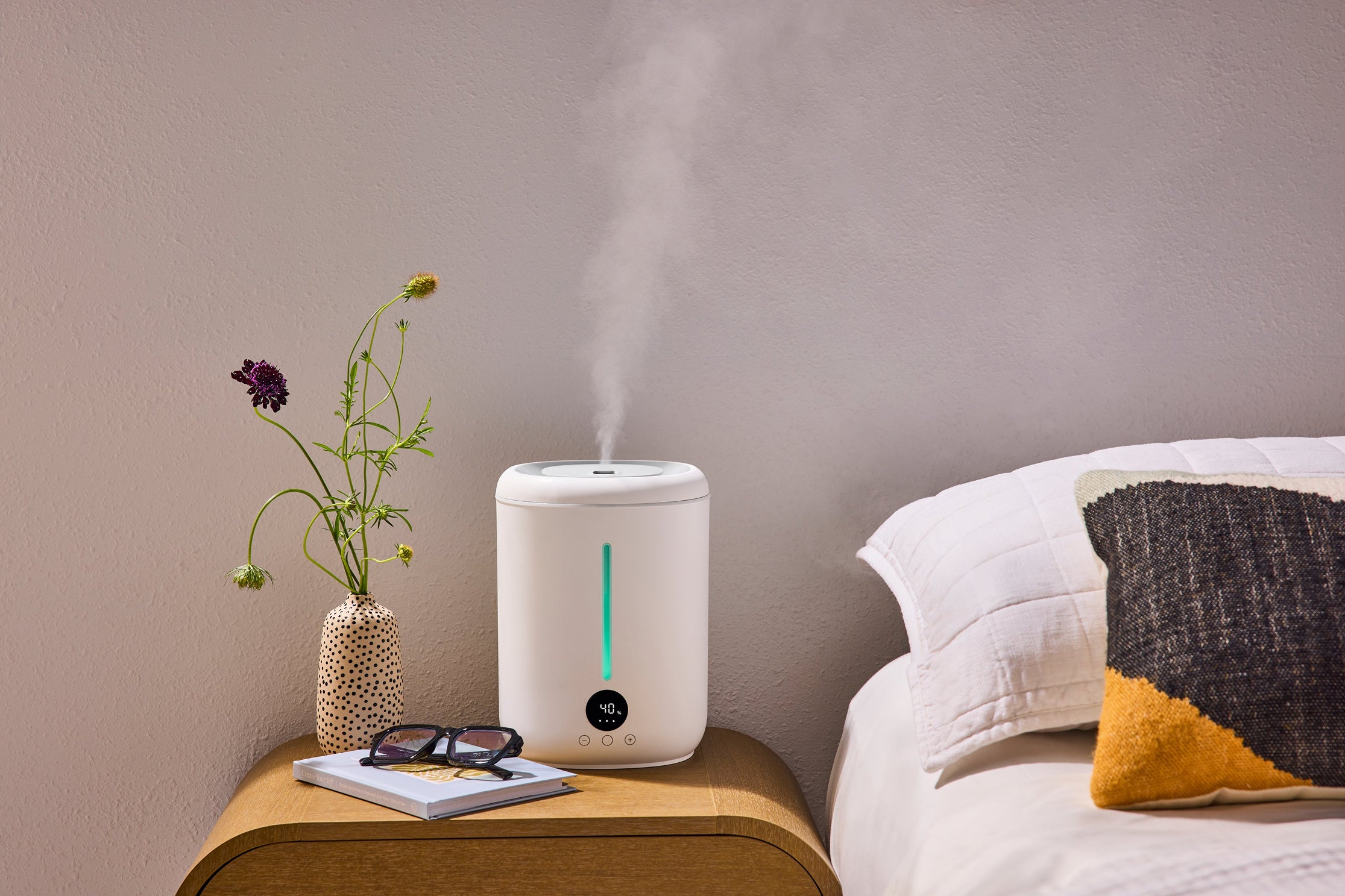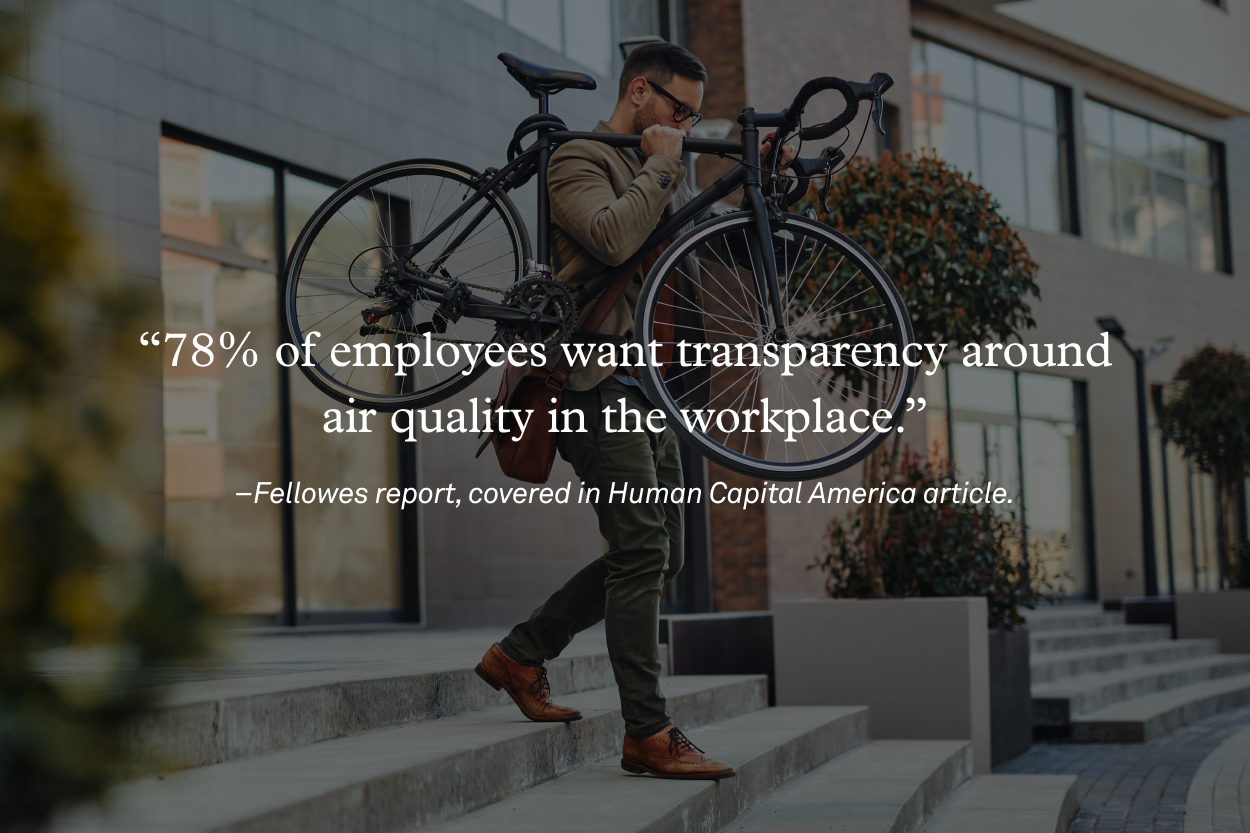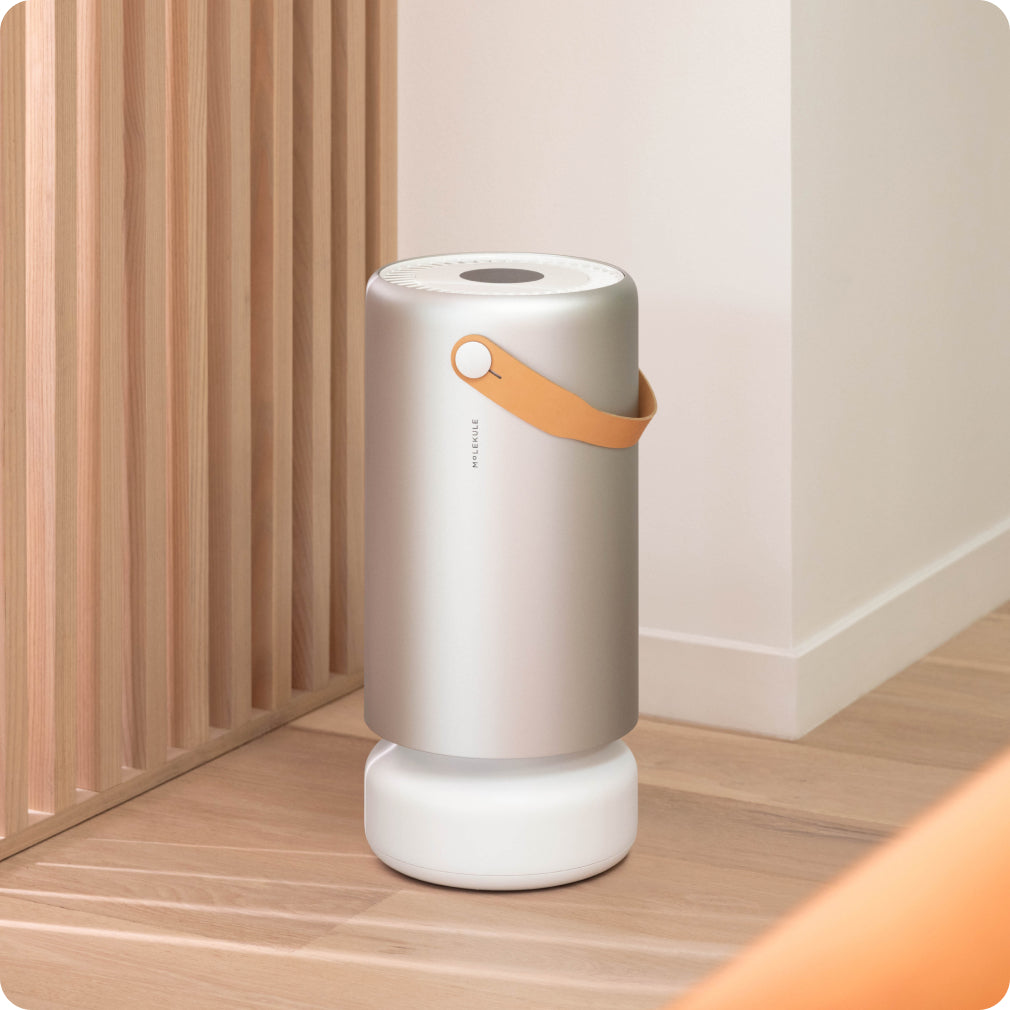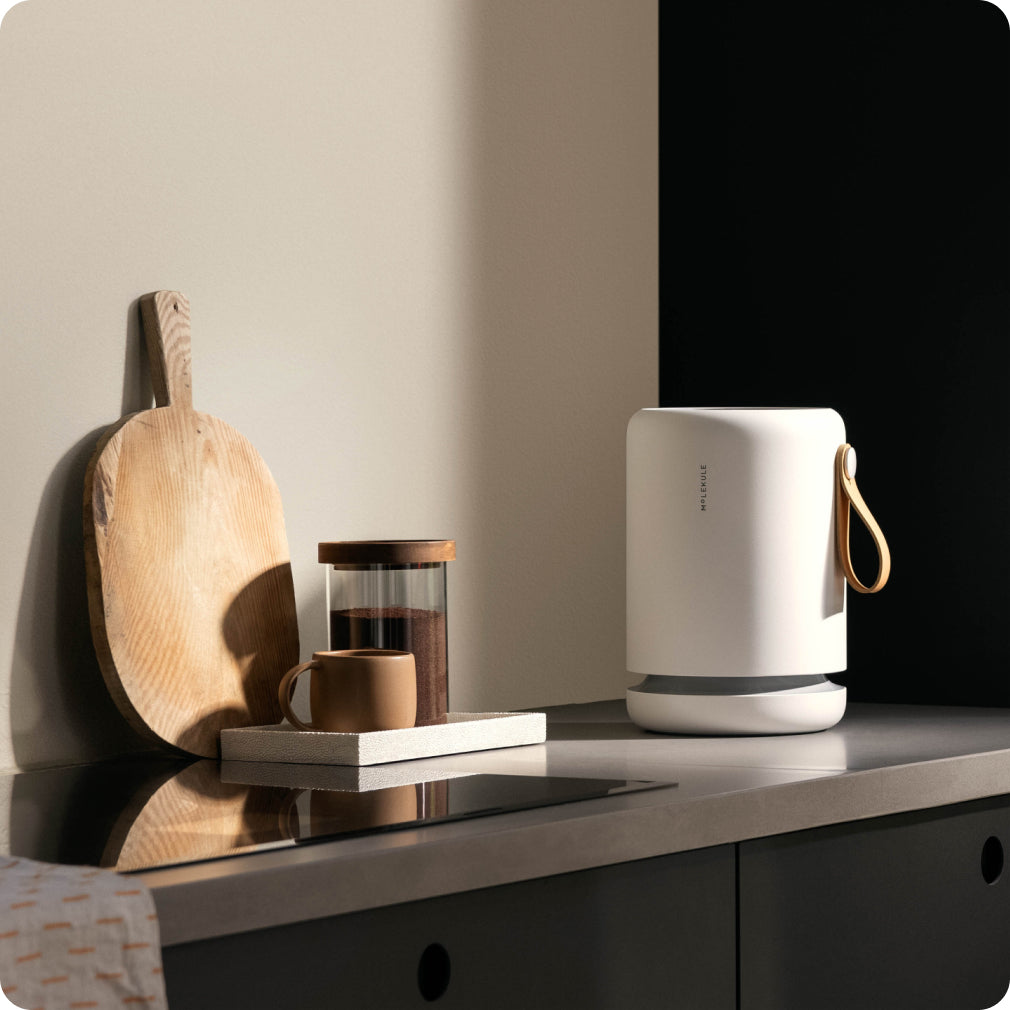In the post-pandemic era of hybrid work, younger generations of employees are prioritizing their own wellness needs when it comes to returning to the office, down to the very air that they breathe. A new Fellowes report, covered in Human Capital America, reveals the statistics behind this generational trend: half of Gen Z workers and 44% of Millennials say they’d consider quitting a job over poor indoor air quality (IAQ), compared to just 18% of Boomers.

While we've certainly come a LONG way since the days of smoking cigarettes at the desk from 9-to-5 (Mad Men is worth the rewatch), air quality at the office hasn't typically been top of mind. But, when you consider younger generations' increased exposure to information and scientific studies over time (like how pollution in our environment can affect our bodies), clean air is no longer a non-issue. It’s a non-negotiable.
The Hidden Cost of Poor Air
Indoor air quality in the workplace is directly tied to health and performance. Studies have shown that common office pollutants, including PM2.5 particulate matter (think pollution, smoke and dust), volatile organic compounds (VOCs from things like cleaning products, air fresheners, paint, permanent markers and even printers) and carbon dioxide can cause both acute and chronic symptoms, like:
- Headaches
- Eye, nose, and throat irritation
- Asthma attacks
- Fatigue and brain fog
- Long-term cardiovascular and respiratory risks
At work, these symptoms often go unreported or misdiagnosed, showing up instead as declining productivity, missed deadlines or unexplained dips in energy that can't be solved by an afternoon coffee. The IAQ of your office could quite literally be contributing to your burnout.
Effects of Poor IAQ on the Brain
"Increases in PM2.5 levels were associated with acute reductions in cognitive function. It’s the first time we’ve seen these short-term effects among younger adults”
—Jose Guillermo Cedeño Laurent, Lead Author of Harvard T.H. Chan School of Public Health, COGfx Study
The COGfx Study, a research project from Harvard T.H. Chan School of Public Health, makes the case for air quality at work crystal clear: better air = better performance.
In simulated office environments, researchers increased ventilation and reduced pollutants to mimic higher-quality indoor air. The result? Participants in cleaner-air settings scored 61% higher on cognitive function tests, especially in areas like strategy, information usage and crisis response. Just think of how this can affect decision making in high-pressure environments, like air traffic control rooms. (Or better yet… don’t.)
PM2.5 pollutants are also linked to memory problems, decreased attention span and a higher risk of cognitive decline over time. Simply put, the air your team breathes affects how well they think, create, and solve problems. Not to mention the viruses, bacteria and allergens that can have high performers calling in sick.

The Business Case for Clean Air
We've all experienced the constant coughs and sniffles from someone showing up to work when they're under the weather. Whoever still needs to hear it, yes, it's in the air you're breathing. If someone's coming in sick, your unfiltered air could contain viruses like COVID-19 or even bacteria like E. Coli.
Now, factor in reduced productivity from brain fog, costs from increased health insurance claims and the cost of replacing talent lost to poor work environments. Investing in good IAQ brings measurable ROI from your workforce:
- Higher productivity
- Lower absenteeism
- Improved employee retention
- Positive company reputation
What Your Employees Expect
“78% of employees want transparency around air quality in the workplace.”
–Fellowes report, covered in Human Capital America article.
Younger generations have grown up with easy access to real-time data, from fitness trackers to news and weather alerts, and they're encouraging the same transparency from their employers. According to the Fellowes report, 78% of employees believe employers should be transparent about air quality metrics in the office.
Many workers also look for visible solutions, like IAQ monitors, HEPA and PECO-based air purifiers (like Molekule) and upgraded HVAC systems as proof that their workplace takes the health of its employees seriously. For HR leaders and facility managers, this means IAQ isn’t just an office concern—it’s part of your brand and reputation.
Take Action—Steps to Improve Your Office IAQ
Ready to clear the air at the office? Improving IAQ doesn’t require a total overhaul. Here are a few practical steps to get started:
Keep eyes on the air.
- Install IAQ sensors in high-traffic areas.
- Monitor levels of CO2, VOCs, PM2.5 and humidity.
- Share readings with staff to build transparency and trust.
Upgrade your HVAC systems.
- Ensure regular maintenance, including filter replacements and duct cleaning.
- Increase ventilation rates, especially in conference rooms and shared spaces.
Add Quality Air Purifiers!
- Use portable air purifiers in individual offices and shared spaces.
- PECO filter technologies, like the ones used in Molekule purifiers, can destroy pollutants at a molecular level, offering advantages over traditional HEPA filters.
Clean Air is the New Standard
The generational concern for better indoor air quality in the workplace isn’t a passing trend—it’s a shift in expectations. Gen Z and Millennial employees view safety and transparency as a requirement. For them, air quality is a legit reason to leave—and it should be. Your employees aren’t exactly set up for success if they’re getting sick from the air that they breathe.
As employers strive to recruit top talent, boost productivity and adapt their organizations for the future, good IAQ is no longer a “nice-to-have.” It’s more like a "needs-to-change." And like any smart business decision, the sooner you invest, the sooner you see the returns.







